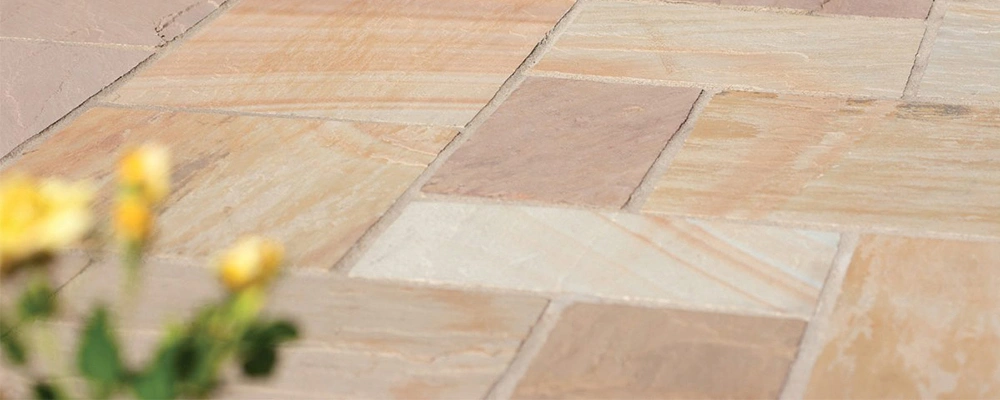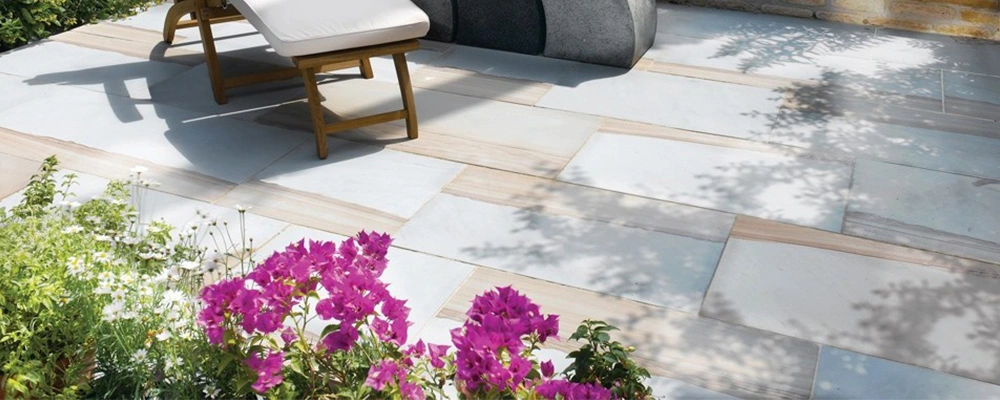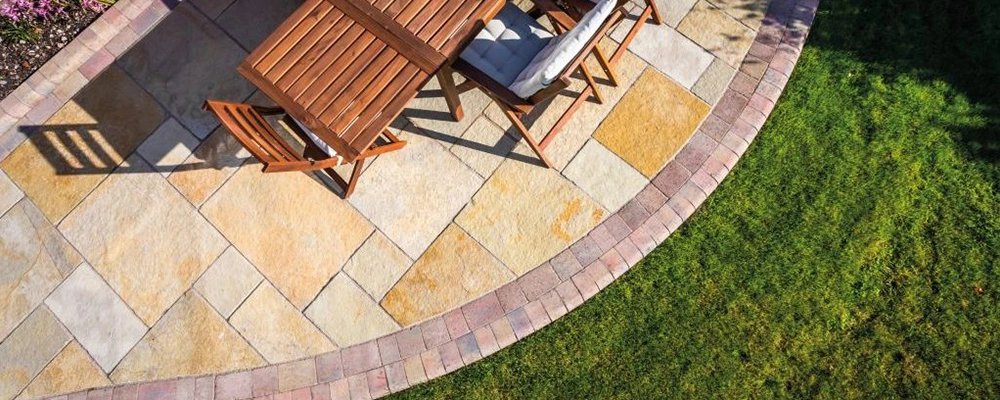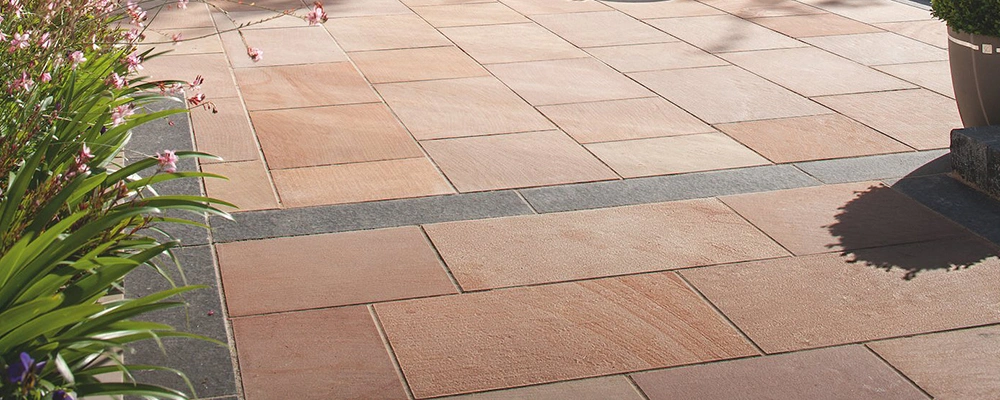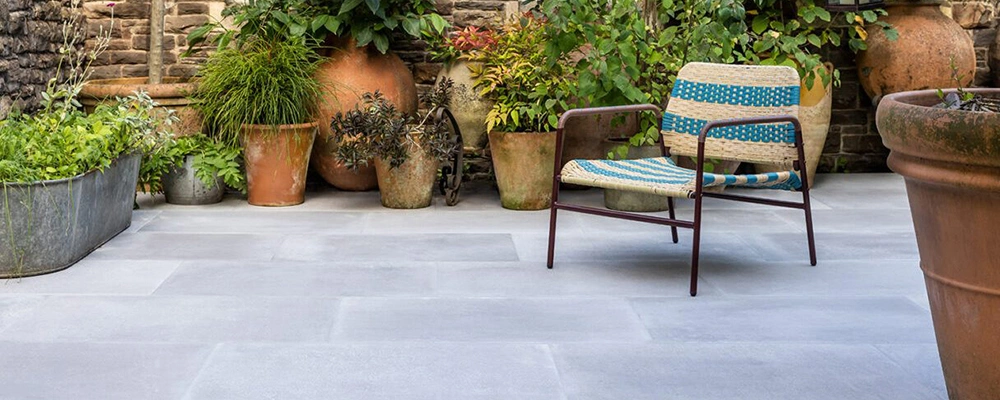Laying Instructions
Laying Instruction for Wall Tiles
Laying Instruction for Floor Tiles
Laying Instructions
(Note: Colour shown are as accurate as the limitations of the printing process will allow. Prospective customers are advised to inspect a sample of the tile before ordering. Every effort has been made to ensure the accuracy of the information given. However, the company reserves the right to change the specification without prior notice. Sometimes variations in shade or size being inherent to ceramic industry may occur. It is suggested to check the tiles before purchase and laying as the company does not accept responsibility once the tiles are laid.)
Laying Instructions for Stone Tiles
Before Installation
Adhesive
Grout
Tiles Fixing Guideline
- Wall Requirement : The wall should be strong and flat, surface be smooth. The wall should be waxed / printed. Wall should be clean and dry, if the tiling has to be done on plywood the surface of wall should be sealed with 50% volume mixture of PVA and water.
- Tiles Preparation : Mix the tiles from different cartoons which will help in fine blending of shades.
- Tiles Laying : Firstly, apply the high quality ceramic adhesive on the wall and place the first tile on the corner. Apply even pressure on the four corner of the tile to ensure sticking. Fill the area of wall that can be filled with the tiles without cutting and leave it for at least 12 hours. Fill the rest of area with the measures and cut tiles.
- Tamping Process : To ensure the proper contact of tile with the wall, evenly tamp the tiles with a rubber mallet tamp.
- Applying Grout : On the next day, the grouting is done. Apply the grout diagonally between the tiles using a sponge to fill the gaps between the tiles. Clean and wipe the surplus grout with a sponge.
- Curve Cutting : To fit the tile in a curved surface of wash basin etc. Measure and mark the curve on cardboard and place the cardboard on the tile to cut it.
- Hole Cutting : To pass a pipe through the tile, the tile has to be cut in a specific manner. Mark the position on the tile. Which the tile will occupy. Draw a straight line passing through the center of the circle. Cut the tile on the drawn. Cut the seml-clrcles on each of the half and when these 1wo halves placed together will from a hole.
- Window Recess Tiling And Cutting : Tile has to be cut In T shape for window recess. Cut a line from center to edge and than draw a right angle line vertical down. Cut the line to get on T shape that can fit in a window.
- Accessory Tile Fitting : While laying the normal tiles, keep an empty space where a accessory tiles will be fit. Apply the adhesive on the back of accessory tiles and place it uniformly in the space and apply even pressure to place the accessory tile.
- Tile Drilling : Apply masking tape to cover the area to be drilling. Mark the position of hole and drill the hole with lowest possible pressure on the drill.
Laying Instruction for Floor Tiles
Laying Instructions
- Step 1 : It is recommended that floor tiling is set out from the middle of the floor so that any cuts are to the outside of the layout. Spread an area of adhesive with a solid bed notched floor trowel and firmly press the first tile into the adhesive.
- Step 2 : When starting a new area of tiling it is important to check that the tile is correctly bedded into the adhesive without any voids. Use a trowel to lift the tile to check coverage.
- Step 3 : The adhesive must be evenly applied and in contact with the tile and base to assure long-term adhesion and performance. If necessary re-trowel the adhesive and replace the tile firmly into the adhesive bed.
- Step 4 : At the edge of the tiled area check the measurement to assess any irregularity in the wall and the cut required.
- Step 5 : Set the edge tile upside down and mark the cut on the reverse. This should then be transferred to the face before cutting. The cut edge is set to the room edge.
- Step 6 : Floor tiles should be cut using a tile cutter. After marking the measurement, scrub and break using the cutter.
- Step 7 : Awkward shapes to fit tiles around pipes and other room fittings should be cut using the nippers. Irregularities in the cut can be smoothed off with a tile file. Protective goggles should be worn during cutting.
- Step 8 : When the adhesive is dry, usually within 24 hours, the floor can be grouted. Spread grout over the area working it well into the joints with spreading tool. Clean off excess grout in accordance with the manufacturers’ instructions.
(Note: Colour shown are as accurate as the limitations of the printing process will allow. Prospective customers are advised to inspect a sample of the tile before ordering. Every effort has been made to ensure the accuracy of the information given. However, the company reserves the right to change the specification without prior notice. Sometimes variations in shade or size being inherent to ceramic industry may occur. It is suggested to check the tiles before purchase and laying as the company does not accept responsibility once the tiles are laid.)
Laying Instructions for Stone Tiles
Before Installation
- Stones are often packed into crates very tightly, are wet at the point of production and may have residue from the various finishing processes employed. Therefore it is recommended that tiles are washed, either with clean water or a dilution of FilaCleaner and are allowed to dry completely before installation. They will often lighten in colour as they dry.
- Dry tiles are necessary prior to installation as any unusual tonal markings can be placed in less visible areas or used in cuts. At the point of installation always ensure batches of stone are mixed to ensure consistency in distribution of any such variation. This will mean opening all crates or pallets of materials supplied.
- Minor damage such as edge chipping is often caused in packing or unpacking tiles, and should be expected, it is deemed normal practice for these to be used as cuts during the installation process.
- Uncalibrated tiles need to be graded prior to installation; the thicker tiles will dictate the floor level and should be installed first with thinner tiles being bedded up with an appropriate large format floor adhesive.
- Dimensions listed are nominal as slight variation in size and thickness can occur with most stones.
- All backgrounds to be tiled to should be flat, level, clean, dry and free of dust, grease and any loose material.
- Make sure that you have discussed your requirements fully with your stone fixer.
Adhesive
- All stone tiles must be solidly bedded; cement-based tile adhesives are the most appropriate for this method. Some travertine tiles may have to be ‘buttered’ with adhesive on the back in order to fill voids present.
- Fast setting adhesives are advisable in order that the moisture disperses quickly from the stone or terracotta. This helps to prevent various reactions that could be caused by the moisture retention of the tile.
- Light stones require fixing with white adhesives to prevent possible discolouration should the alkaline mortar bleed into, or react with the minerals within the body of the stone itself.
- Flexible adhesives are required when the substrate is plywood, existing glazed tiles (floor application only), under floor and/or under tile heating is present or there is any degree of movement or instability in the substrate.
- For uncalibrated tiles, the appropriate Large Format Flexible Floor Adhesive should be used.
Grout
- Cement based grouts are most appropriate for stone jointing. Stones with a textured surface tend to have grout joints of 6-10mm, whereas smoother honed and polished stones can be jointed at about 3-5mm.
- Joints should be a minimum of 3mm to allow for any movement of the tiles, it is not possible to ‘butt-joint’ stone tiles.
- The width of joint selected should be sufficient to accommodate any variation in tile sizes.
- When fixing a mix of sizes such as an opus pattern, the grout gap will vary in thickness due to the layout of the tiles in the pattern.
- ‘Slurry’ grouting with the appropriate colour of Wall & Floor Grout is necessary with unfilled travertine and some limestone in order to fill naturally occurring pits and crevices. Most other stones and finishes including Riven, Brushed, Polished and Honed materials should however be pointed in order to avoid grout residue being left on the surface of the tile.
- Where there is necessity for flexibility in the adhesive then either a single part flexible grout should be used or flexible additive should be added to non-flexible grout.
- All stone and terracotta tiles should have an initial sealant coat after fixing but prior to grouting as some tiles may absorb pigments from the cementitious grout.
- Heavily pigmented grouts may be subject to efflorescence as the salts which hold in the pigmentation are released as part of the drying process.

